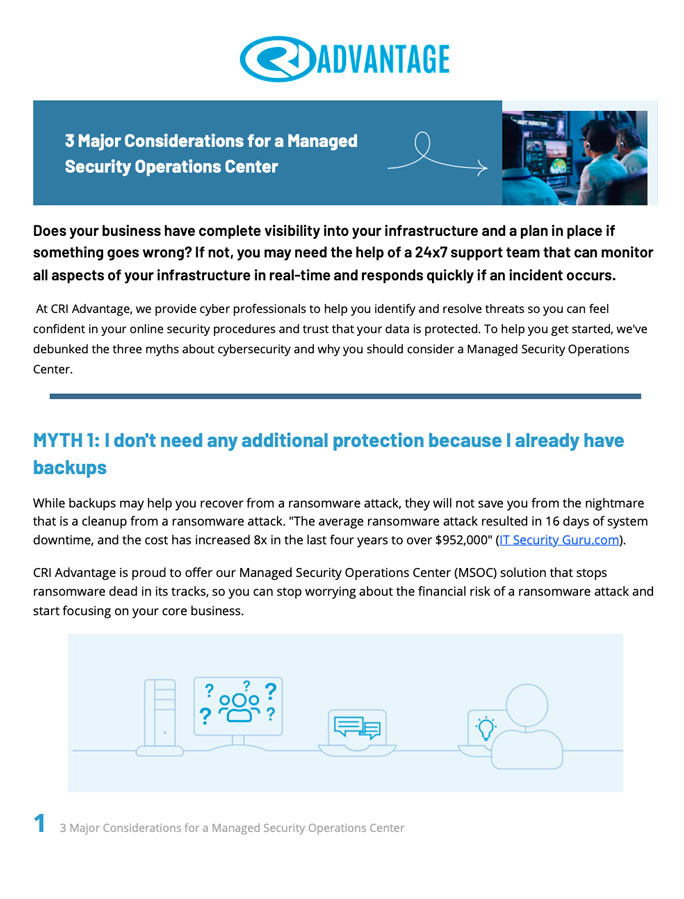Cybersecurity risks can quickly escalate and cause a chain reaction of problems for your business. Learn about cascading risks and how to prevent them in this guide.
Understanding Cascading Risks in Cybersecurity
Cascading risks in cybersecurity refer to a series of interconnected security incidents that occur as a result of a single initial incident. This chain of events can lead to increasingly severe security breaches and ultimately cause significant damage to an organization’s systems and data. For example, a single compromised user account can lead to the theft of sensitive data, which can then be used to launch further attacks, such as social engineering scams, phishing emails, and other tactics. These attacks can then result in additional data breaches, system compromises, and other security incidents, creating a cascading effect that can be difficult to stop. This then leads to data loss, financial losses, and reputational damage for organizations.
One of the main challenges of cascading risks in cybersecurity is that they are often difficult to predict and can escalate rapidly. For example, a hacker who gains access to an organization’s network can use that access to steal sensitive information, which can then be used to launch further attacks. These attacks can result in additional data breaches, system compromises, and other security incidents that can quickly escalate into a full-blown security crisis.

To prevent cascading risks in cybersecurity, organizations should take a multi-layered proactive approach to security that includes strong access controls, regular security training for employees, and ongoing monitoring of infrastructure data to detect incidents early. Then when an incident is detected, there should be robust incident response plans in place to quickly respond and prevent additional damage. These plans should include clear procedures for detecting and responding to security incidents, as well as guidelines for communicating with employees, customers, and other stakeholders in the event of a security breach. By having a clear plan in place, organizations can help mitigate the impact of cascading risks and minimize the damage caused by security incidents.
It is important for organizations to stay up-to-date with the latest cybersecurity trends and best practices. This includes creating a robust cybersecurity management program, regularly reviewing and updating security policies and procedures, as well as investing in the latest security technologies and tools. By staying ahead of the curve and being proactive in cybersecurity, organizations can help prevent cascading risks and protect their systems and data from evolving threats.
Ask how CRI can help stop cascading risks through our unique cybersecurity solutions like our Cybersecurity Management Platform (CMP) and Managed Security Operations Center (MSOC).
Find your trusted partner
For over 20 years, CRI Advantage has provided governmental and private organizations with cybersecurity experts to help guide their processes, identify weaknesses, and protect them from cybersecurity threats. Our Managed Security Operations Center (MSOC) is the solution that will help you gain complete visibility into your infrastructure and know in real-time when issues arise and respond.
Book a complimentary consultation with our cyber expert to help you evaluate your company’s ability to detect and respond.
3 Major Considerations for a Managed Security Operations Center
This paper will help you determine if an MSOC would be beneficial to your organization.
